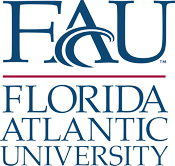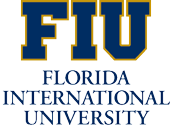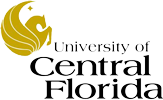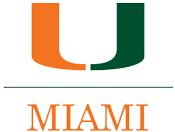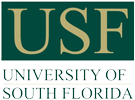April 25, 2016 - With a $5,000,000 grant from the National Science Foundation, Florida International University will establish the Center for Aquatic Chemistry and the Environment (CREST). The 5-year project will be led by Todd A. Crowl. Additional researchers are Rudolf Jaffe, Rene M. Price, Shu-Ching Chen, Laird H. Kramer.
Human-derived environmental contaminants consist of antibiotics and pharmaceuticals, mercury, black carbon, and fossil fuels. These stressors are recognized as having significant effects on ecosystems and biota as well as on human wellbeing. It is critical to understand the biogeochemical processes that govern the fate of these compounds and their impacts on the ecosystem. Center for Aquatic Chemistry and the Environment research will address the sources, transport, transformation and ecosystem responses to contaminants, pollutants and other natural stressors, under changing land-use and environmental conditions.
The Center for Aquatic Chemistry and the Environment will generate significant new knowledge regarding contaminants and pollutants in aquatic environments, as well as produce innovative methodologies for detecting and assessing contaminant quantities and impacts, including the use of molecular detection techniques. The proposed research will advance current efforts on the biological effects, transport, transformation and distribution of contaminants in the environment into new collaborative research areas that investigate the sources and transport of contaminants and pollutants in aquatic systems.
The Center articulates three research subprojects organized around environmental chemistry, biogeochemistry, ecology and data synthesis and modeling as they pertain to regional water resources. The first subproject will advance the effectiveness of approaches for the analysis of traditional pollutants, develop methodologies for the characterization and quantification of previously unknown contaminants and extend the applicability of molecular biology methodologies to assess environmental stressors to aquatic organisms across land-use boundaries. The second subproject uses new sensing techniques to determine biogeochemical cycles including contaminant sources, storage, transport and transformations. The third research subproject develops data analytic methods to enable synthesis across large, complex data sets to allow holistic effects assessment for understanding South Florida's aquatic ecosystem.
The Center for Aquatic Chemistry and the Environment will establish innovative opportunities for students to experience authentic and socially relevant environmental research and foster their development as future STEM professionals.


